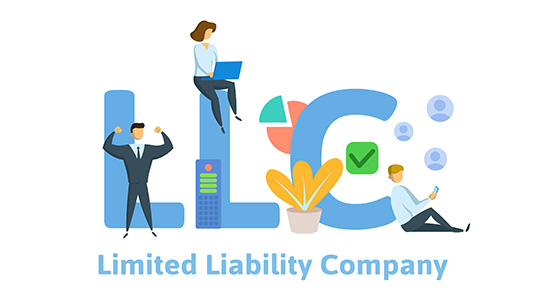Incentive stock options (ISOs) are a popular form of compensation for executives and other employees of corporations. They allow you to buy company stock in the future at a fixed price equal to or greater than the stock’s fair market value on the ISO grant date. If the stock appreciates, you can buy shares at a price below what they’re then trading for. But careful tax planning is required because of the complex rules that apply.
Tax advantages abound
Although ISOs must comply with many rules, they receive tax-favored treatment. You owe no tax when ISOs are granted. You also owe no regular income tax when you exercise ISOs. There could be alternative minimum tax (AMT) consequences, but the AMT is less of a risk now because of the high AMT exemption under the Tax Cuts and Jobs Act.
There are regular income tax consequences when you sell the stock. If you sell the stock after holding it at least one year from the exercise date and two years from the grant date, you pay tax on the sale at your long-term capital gains rate. You also may owe the 3.8% net investment income tax (NIIT).
If you sell the stock before long-term capital gains treatment applies, a “disqualifying disposition” occurs and any gain is taxed as compensation at ordinary-income rates.
Impact on your 2018 return
If you were granted ISOs in 2018, there likely isn’t any impact on your 2018 income tax return. But if in 2018 you exercised ISOs or you sold stock you’d acquired via exercising ISOs, then it could affect your 2018 tax liability.
It’s important to properly report the exercise or sale on your 2018 return to avoid potential interest and penalties for underpayment of tax.
Planning for the future
If you receive ISOs in 2019 or already hold ISOs that you haven’t yet exercised, plan carefully when to exercise them. Waiting to exercise ISOs until just before the expiration date (when the stock value may be the highest, assuming the stock is appreciating) may make sense. But exercising ISOs earlier can be advantageous in some situations.
Once you’ve exercised ISOs, the question is whether to immediately sell the shares received or to hold on to them long enough to garner long-term capital gains treatment. The latter strategy often is beneficial from a tax perspective, but there’s also market risk to consider. For example, it may be better to sell the stock in a disqualifying disposition and pay the higher ordinary-income rate if it would avoid AMT on potentially disappearing appreciation.
The timing of the sale of stock acquired via an exercise could also positively or negatively affect your liability for higher ordinary-income tax rates, the top long-term capital gains rate and the NIIT.
If you need help tax planning for your ISOs, please contact us.






